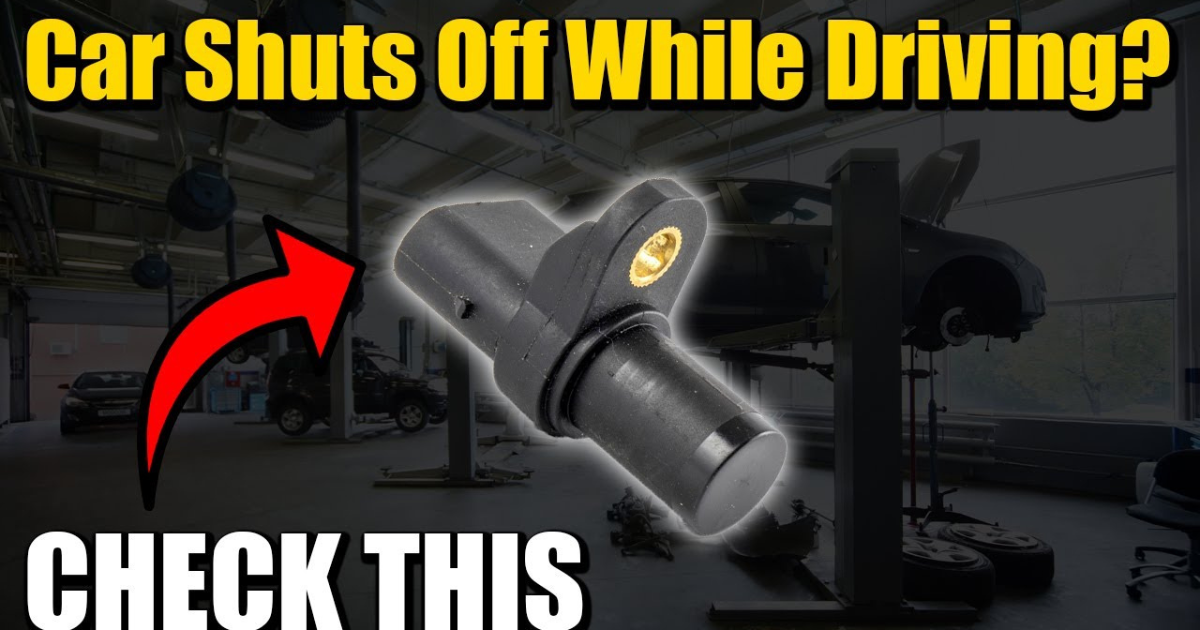This is a typical issue that practically every vehicle equipped with air conditioning has. Even if you adjust the AC settings correctly, the unit may still not turn on or blow hot air. The intricacy of the vehicle’s air conditioning system makes a diagnosis of the problem challenging. Since the problem could extend to other parts of the car, fixing it becomes an even bigger challenge.

Common Causes Why is My Car Air Conditioner Not Blowing Cold Air?
Refrigerant Leakage
Problems with air conditioners typically stem from refrigerant leaking. Any part of the circuit or its connections could experience this. The external condenser is the most typical location for leakage to be found. The fluffy fins could have been dented in an accident. Applying a little oil could help you find the source of the leak.
Bad Cooling Fans
Inadequate cooling fans might impede the process of reducing the temperature of the hot refrigerant released by the compressor. The action of the fans blowing cold air forces the hot refrigerant to cool down by passing inside the condenser.
Bad Compressor
Due to the ineffective refrigerant flow via the AC circuit caused by the faulty compressor, cold air will not be produced. Leaving the compressor unused for extended periods is a typical mistake that might harm it. For example, you don’t have to run the air conditioner all winter long.
Blocked Condenser
This could be one explanation as to why the air vents aren’t releasing any cold air. One possible cause of a clogged condenser is a vehicle driving over muck or mud that has settled into the pipes. By utilizing cooling fans, this will create a barrier that prevents the refrigerant from coming into contact with the cold air. The refrigerant is unable to cool down in the end because of it.
Electrical Issues
To activate the air conditioner and cool the engine, the electronic control unit (ECU) must send a signal to the cooling fan, telling it to spin at maximum speed. This is necessary to provide the refrigerant with the necessary cooling. The circuit breaker travels to the fuse box, where it magnetizes a relay, triggering the fan to turn on at the specified speed. So, several electrical systems must be in optimal working order for the air conditioner to turn on. If the circuits go down, for example because of a faulty relay, the signals won’t reach the fans. The engine will get hot since air can’t circulate properly to it.
Bad Clutch Cycling Switch
The air conditioning system would be incomplete without this part. Its location in the AC is in a low-pressure zone. Its function is to gauge the system’s refrigerant flow pressure. When the switch senses a decrease in pressure below a specific threshold, it opens the valve to the low-pressure zone, restoring system pressure. The entire procedure will be halted if this switch experiences any kind of malfunction, be it a broken contact or an electrical problem. This is due to the fact that maintaining a constant AC circuit pressure is the responsibility of the switch.

Conclusion
Now that you’ve read this article, you have a good grasp of the air conditioning system, how it operates, the components of your vehicle that are connected to it, and the majority of the problems with AC systems may be identified. Due to the complexity of AC systems, solving problems can be a real challenge. The cabin air conditioner (AC) filter should be changed on a regular basis to keep the cabin at a comfortable temperature. Doing so will prevent the evaporator from becoming dirty and clogged. If you suspect you have an issue but are unable to identify it on your own, it is wise to consult an expert.





